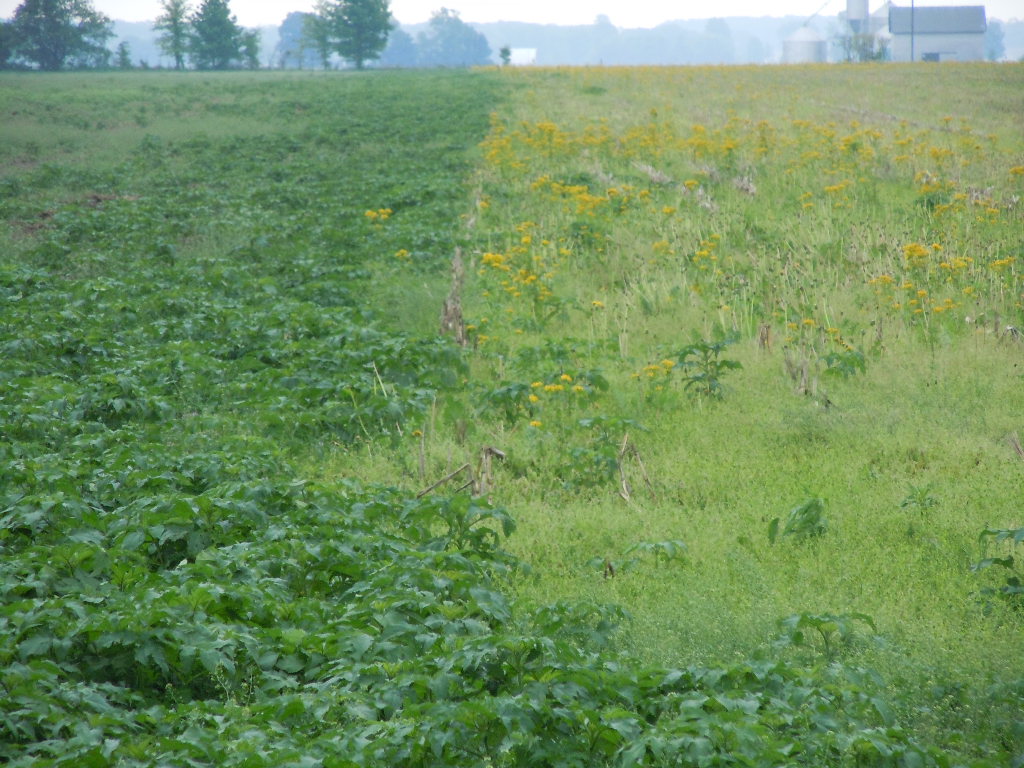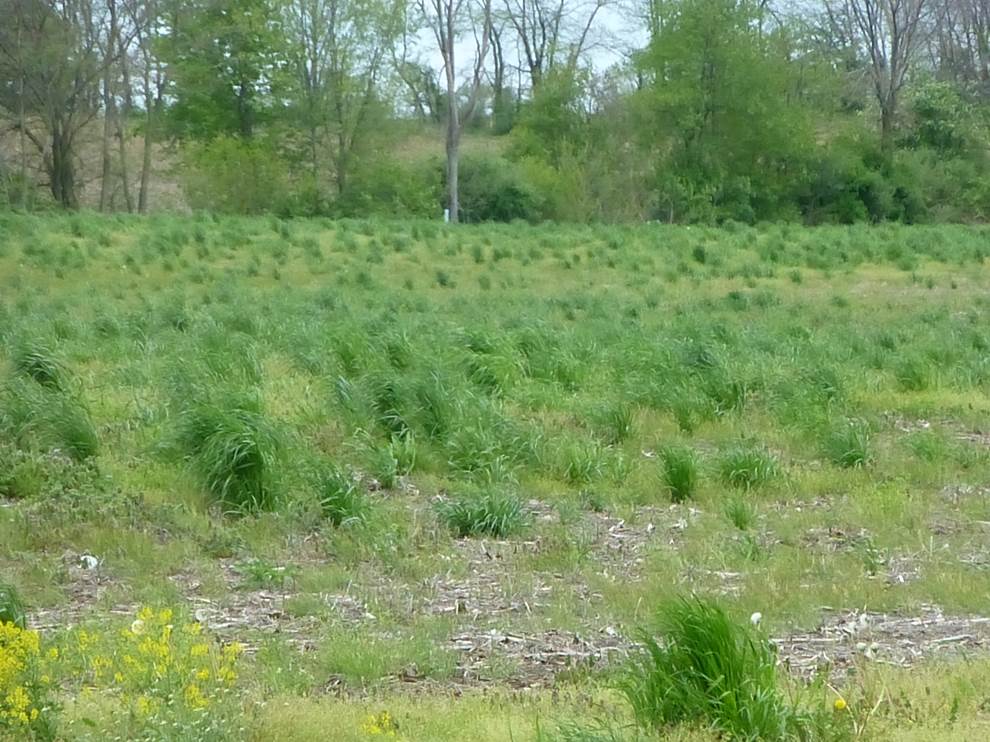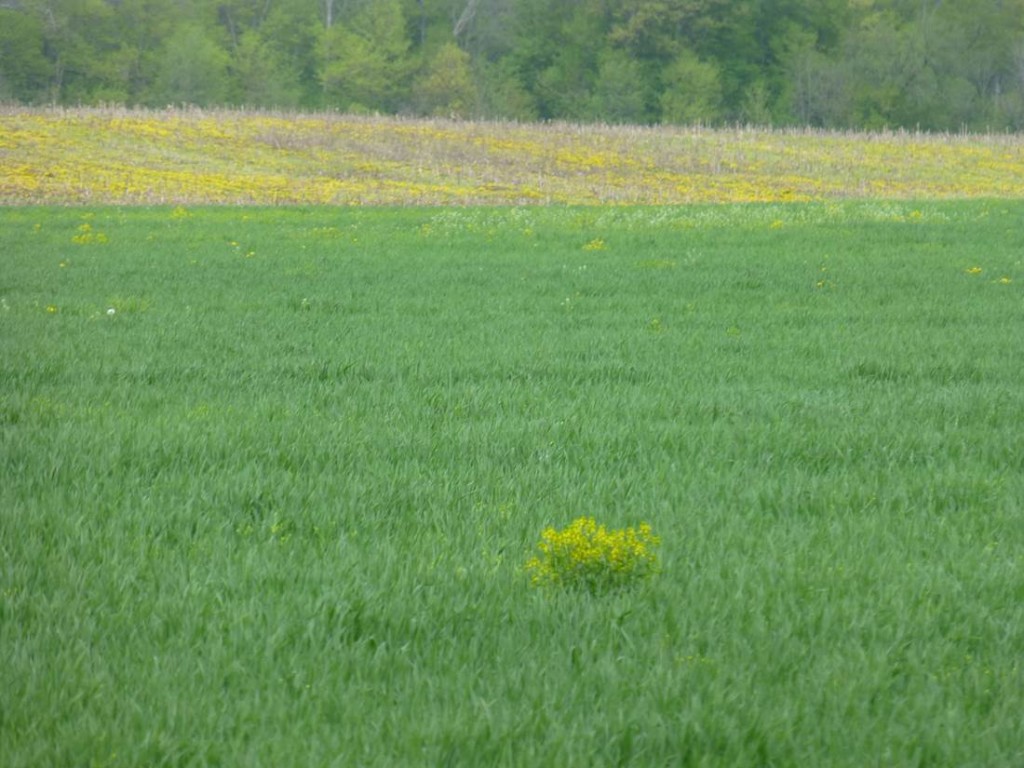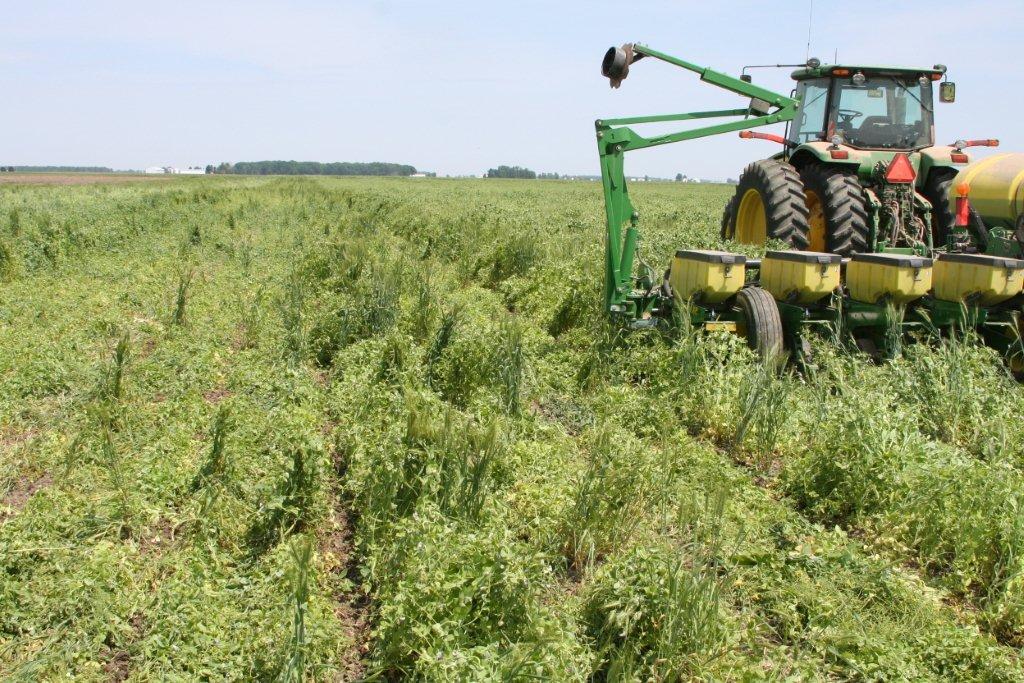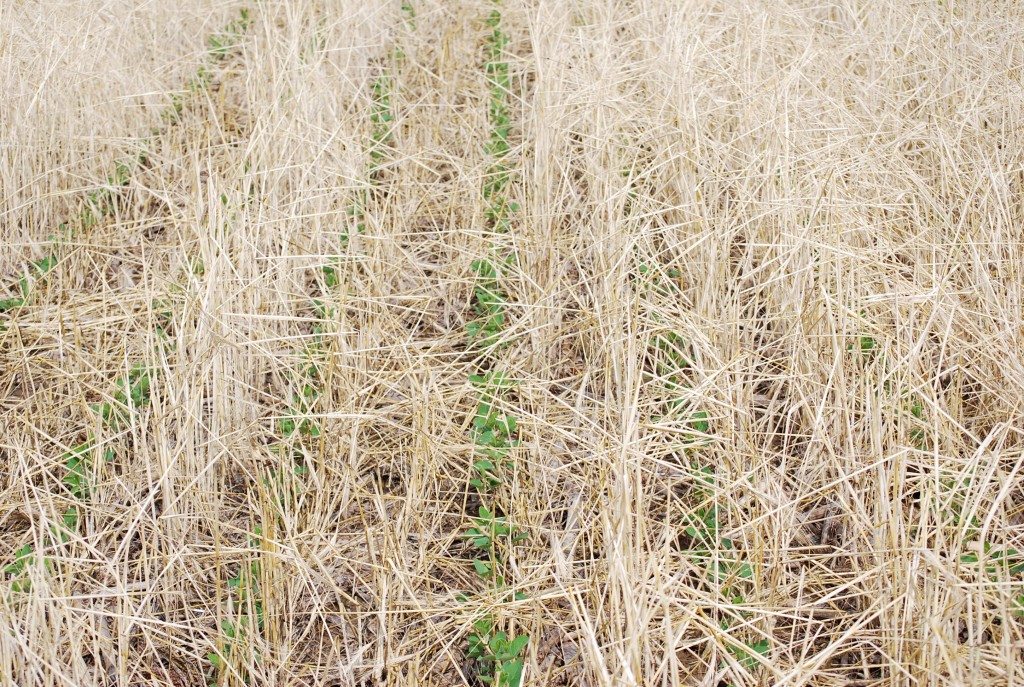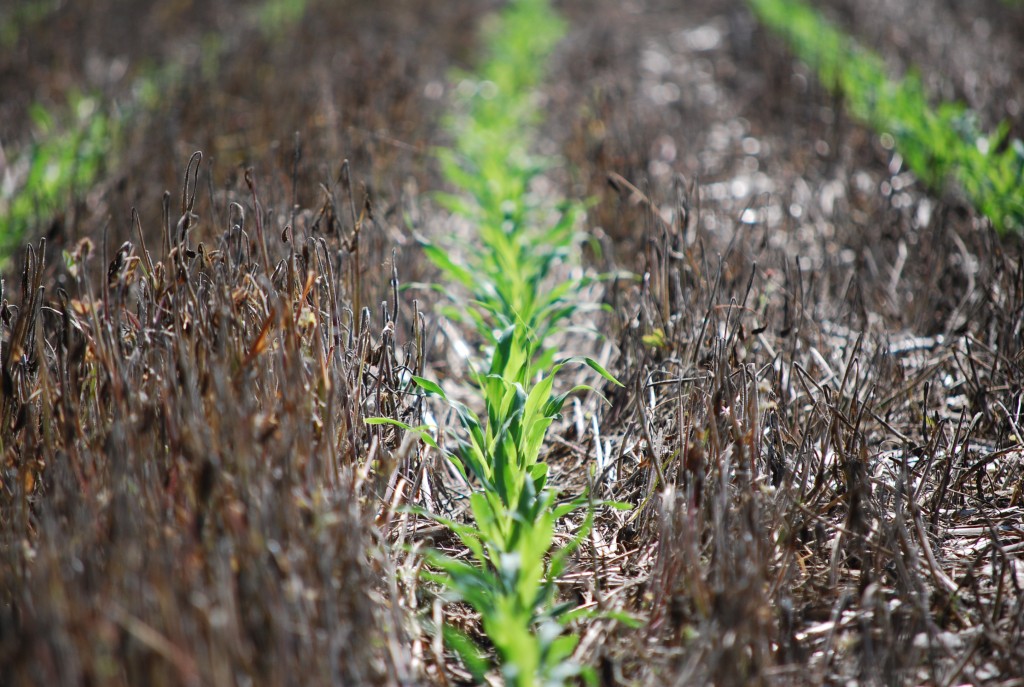Cover Crops and Prevented Planting Guidelines
Over the past few weeks I have heard from countless farmers in Wisconsin, Minnesota, Illinois, Missouri, Michigan, and Iowa that are considering taking prevented planting on all or parts of their farms. Growers Edge just published an excellent piece Prevented Planting Guidelines. Also see my articles on Prevented Planting Row Crop Acres – Which Cover […]
Cover Crops and Prevented Planting Guidelines Read More »
